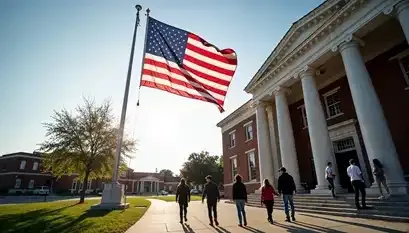Shopping cart
Your cart empty!
Terms of use dolor sit amet consectetur, adipisicing elit. Recusandae provident ullam aperiam quo ad non corrupti sit vel quam repellat ipsa quod sed, repellendus adipisci, ducimus ea modi odio assumenda.
Lorem ipsum dolor sit amet consectetur adipisicing elit. Sequi, cum esse possimus officiis amet ea voluptatibus libero! Dolorum assumenda esse, deserunt ipsum ad iusto! Praesentium error nobis tenetur at, quis nostrum facere excepturi architecto totam.
Lorem ipsum dolor sit amet consectetur adipisicing elit. Inventore, soluta alias eaque modi ipsum sint iusto fugiat vero velit rerum.
Sequi, cum esse possimus officiis amet ea voluptatibus libero! Dolorum assumenda esse, deserunt ipsum ad iusto! Praesentium error nobis tenetur at, quis nostrum facere excepturi architecto totam.
Lorem ipsum dolor sit amet consectetur adipisicing elit. Inventore, soluta alias eaque modi ipsum sint iusto fugiat vero velit rerum.
Dolor sit amet consectetur adipisicing elit. Sequi, cum esse possimus officiis amet ea voluptatibus libero! Dolorum assumenda esse, deserunt ipsum ad iusto! Praesentium error nobis tenetur at, quis nostrum facere excepturi architecto totam.
Lorem ipsum dolor sit amet consectetur adipisicing elit. Inventore, soluta alias eaque modi ipsum sint iusto fugiat vero velit rerum.
Sit amet consectetur adipisicing elit. Sequi, cum esse possimus officiis amet ea voluptatibus libero! Dolorum assumenda esse, deserunt ipsum ad iusto! Praesentium error nobis tenetur at, quis nostrum facere excepturi architecto totam.
Lorem ipsum dolor sit amet consectetur adipisicing elit. Inventore, soluta alias eaque modi ipsum sint iusto fugiat vero velit rerum.
Do you agree to our terms? Sign up

For decades, the United States has been the dream destination for Indian students — offering world-class education, global exposure, and career opportunities. However, with recent changes to visa policies and post-study work rules, many students and parents are beginning to question whether America is still the best choice.
Over the past eight months, a series of policy shifts, new screening procedures, and tighter regulations have disrupted the flow of international students. The once-stable four-year academic journey now seems uncertain.
The recent US visa rule changes, introduced under the Trump administration, have rolled back pandemic-era flexibility. The traditional “duration of status” model has been replaced by a fixed four-year limit, requiring some students to renew their visas mid-course.
According to the U.S. State Department, the number of F-1 student visas granted to Indian applicants has dropped nearly 38–46% in recent months, signaling growing concern among Indian families.
Starting September 2, 2025, all applicants under F, M, and J categories must appear in person for interviews. They are also required to submit details of social media usernames from the last five years, giving consular officers unprecedented access to personal data.
Earlier, students could apply for visas in countries like Germany, Singapore, or Thailand to avoid long backlogs. Now, the US State Department has barred all non-immigrant visa applicants from applying outside their country of citizenship or legal residence — closing an important loophole that many relied on.
The US government has hinted at limiting or restructuring OPT, the program that allows international students to work after graduation. This move could reduce post-study job opportunities, making the US less attractive compared to Europe or Canada.
Countries like the UK, Germany, Norway, Canada, and Australia are simplifying immigration and work policies. Their clearer post-study work pathways and easier residency options make them promising alternatives to the US.
Many universities are introducing dual-degree programs — where students study part of their course in India and part in the US. These options reduce costs, maintain American education standards, and still offer international exposure.
With stricter US policies, more India-based internship and training programs are emerging in collaboration with US-linked companies. These provide students with industry experience aligned with American work standards — helping them remain globally competitive even without full US access.
The question for Indian students in 2025 isn’t just “Can I go?” but rather “Is it worth the risk?”
While the US continues to offer unmatched academic prestige, the changing visa environment, rising costs, and policy unpredictability are forcing many to look toward Europe and hybrid study options.
Strategic planning, awareness of new rules, and exploring flexible pathways will be crucial for those aiming to study abroad in the coming years.
5
Published: Oct 06, 2025